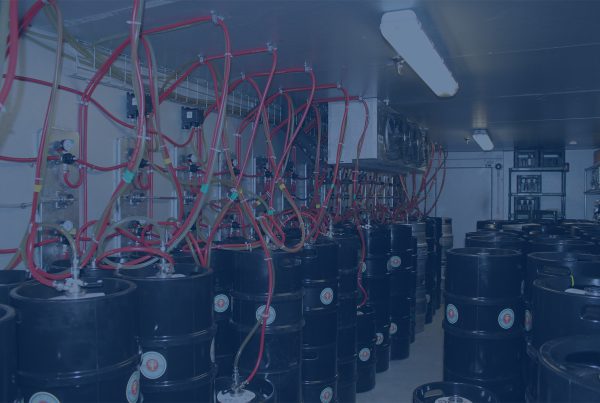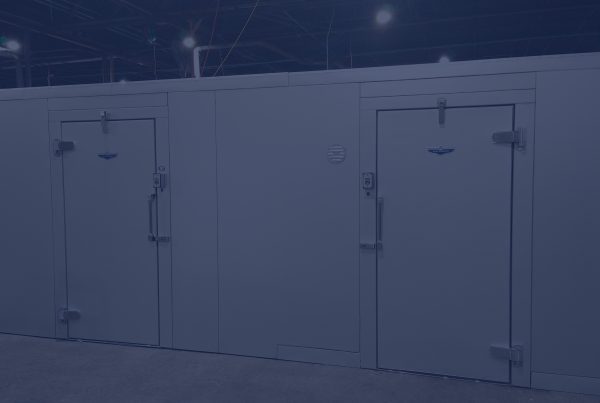Citing the gap between existing construction codes and green rating systems has been filled, the International Code Council (ICC) encouraged the U.S. government to reference the International Green Construction Code (IGCC) in an effort to apply sustainable design principals to the design and construction of new federal buildings.
“Prior to this year, voluntary ‘rating’ type programs were among the only options for guiding the design of green buildings,” said Code Council CEO Rick Weiland testifying at a U.S. Department of Energy (DOE) Federal Energy Management Program (FEMP) public hearing. “Such programs, including LEED, were not designed to act as regulatory language. The gap between existing codes and rating systems has now been filled…. [and] are now available to address federal goals as well as meet the needs of state and local jurisdictions.”
The Code Council also offered specific comments to improve the usefulness and measurability of the proposed rule, Energy Efficiency and Sustainable Design Standards for New Federal Buildings. The IGCC, Weiland said, is a tool available to federal agencies for efficiently and rapidly achieving measurable levels of compliance with FEMP goals.
Industry support signals a consensus of key industry leaders around the necessity of a code to guide green construction, Weiland said. In addition the Code Council, IGCC sponsors are the American Institute of Architects (AIA), ASTM International, the American Society of Heating, Refrigerating and Air-Conditioning Engineers (ASHRAE), the U.S. Green Building Council (USGBC), and the Illuminating Engineering Society. The IGCC has the support of more than two thousand organizations and individuals.
“Our colleagues at the USGBC, the organization that originated the LEED standard, have publicly called for the adoption of the IGCC and described this new set of tools as allowing new versions of LEED to appropriately act as the ‘ceiling’ in green construction while the IGCC serves as the ‘floor.’” Weiland said. “In short, the IGCC is the result of a collaborative effort of hundreds of green building experts, integrating their work into a usable, enforceable document addressing every type of building in a manner that is flexible enough to meet the needs of diverse jurisdictions.”
The IGCC references ANSI/ASHRAE/USGBC/IES Standard 189.1-2009 for the Design of High-Performance Green Buildings, Except Low-Rise Residential Buildings as an alternative compliance option. The International Code Council also develops and publishes the International Energy Conservation Code (IECC), which is referenced in the Energy Independence and Security Act of 2007. It also is a national requirement in the American Recovery and Reinvestment Act of 2009. Forty-five states, the District of Columbia, and the U.S. Virgin Islands use the IECC. Federal agencies including the Architect of the Capitol, General Services Administration, National Park Service, Department of State, U.S. Forest Service, and the Veterans Administration also enforce the I-Codes.
“The ICC applauds the Federal Energy Management Program for taking the steps to create clear, understandable, and measurable criteria that federal agency building owners and managers can use, effectively allowing them to build, operate, and maintain sustainable and energy efficient buildings,” Weiland said. “We are confident this will not only set a positive example that can be emulated nationwide, but provide real benefits in operational savings and improved building conditions for both Federal employees and citizens who use the buildings.”
from



